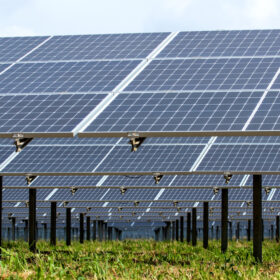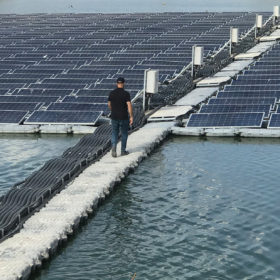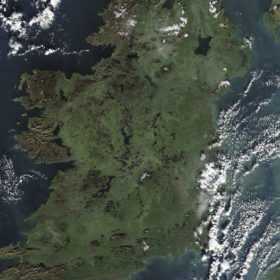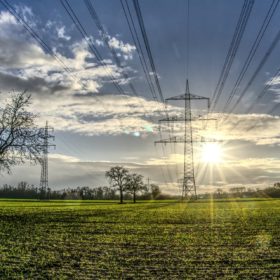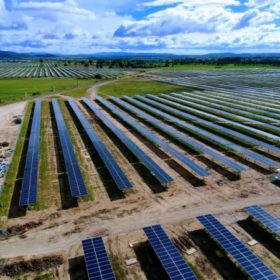How can policy help Portugal decarbonize?
With ambitious decarbonization targets and a favourable regulatory landscape, Portugal is an appealing market for renewable energy developers and producers. Like other European markets, however, Portugal’s clean energy industry faces challenges related to permitting, grid connection, and the availability of remuneration schemes – hurdles which threaten to slow the country’s energy transition.
The solar module surplus: EUPD Research considers Europe’s warehouse woes
As solar module prices continue to drop to record lows, amid global oversupply, questions are being asked about how much inventory is sitting in European warehouses and when normal levels will return. With numerous estimates and assumptions swirling, EUPD Research’s Markus A.W. Hoehner and Ali Arfa have looked closely at the numbers in an attempt to provide a transparent view of the issue.
Weekend Read: Japan turns to the rooftop
Japanese policymakers are now looking at rooftop solar panels as land is scarce in the country and agrivoltaics, building-integrated PV (BIPV), and floating solar are still in their infancy, reports Mark Hutchins.
Weekend read: Back to the future: Israel’s faith in FITs
Israel’s scarce land resources and lack of interconnections to neighboring countries have driven the rise of rooftop solar. Now a number of recent policy changes, mainly due to electricity reforms, are set to reinforce the decentralization trend, reports Ilias Tsagas.
Big solar already pulling its weight on emission reduction – especially in Chile
Following a disappointing COP27 climate change summit in November, solar industry veteran Philip Wolfe reviews the contribution utility-scale PV is starting to make to emissions reduction.
Three factors for success in the Irish solar market
Recent years have seen an explosion of installed PV capacity across the European Union, fueled by the well-documented rapid reduction in technology costs and favorable subsidy regimes in many jurisdictions. However, one corner of Northern Europe remains relatively untouched by the solar revolution, writes Adam Sharpe of Everoze. The Republic of Ireland currently has the second-lowest amount of installed PV capacity in the European Union, at just 36 MW by the end of 2019.
World now has 583.5 GW of operational PV
Global grid-connected solar capacity reached 580.1 GW at the end of 2019, along with 3.4 GW of offgrid PV, according to the International Renewable Energy Agency. Total installed renewables capacity hit a remarkable 2,563.8 GW, with hydropower remaining the dominant source at 1,310.9 GW, followed by wind at 622.7 GW.
The beginnings of a post FIT-market
The annual installed PV capacity for Japan is expected to be 7 GW (DC) in 2019, according to RTS Corp. Cumulative PV installed capacity now stands at 63 GW. In addition to the robust introduction of small-scale PV projects, the development of already approved large-scale PV projects under the FIT program was advanced by the end of the year, say RTS analysts Takashi Ohigashi and Izumi Kaizuka.
America’s largest PV plant comes online in Mexico
Italian energy company, Enel has announced the completion of its 828 MW Villanueva project, including the recent expansion phase, together with the completion of an additional portion of the Don José solar plant, which has now reached 260 MW. Overall, 1,089 MW of PV capacity was grid-connected through the several phases of both projects.
India may miss solar PV target, says CEO survey
The country will achieve solar PV capacity of 50 to 75 GW by 2022 – a little over 60% of the 100 GW target. Total rooftop capacity will be less than 10 GW.
